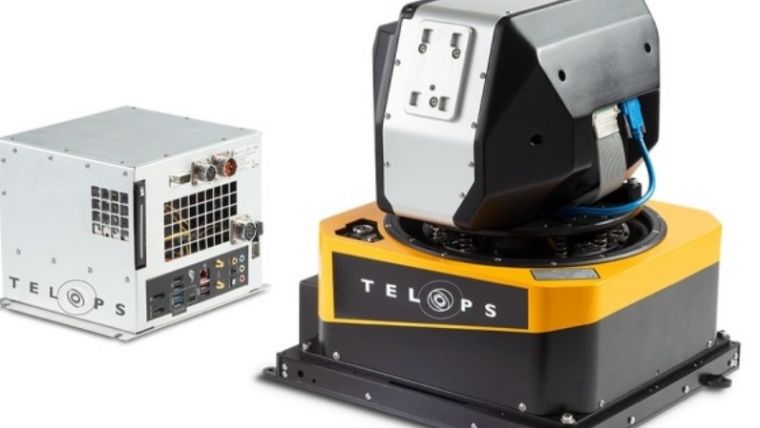New Compact Infrared Hyperspectral Camera for Easier Airborne Surveys
Airborne hyperspectral surveys are challenging. Complex measurement devices and cumbersome support equipment need to be installed aboard the aircraft, while the massive amounts of collected data require heavy post-processing to generate meaningful results.
Quebec-based infrared camera manufacturer Telops has put its mind to simplify this process. Building on the world-renowned Hyper-Cam for hyperspectral imaging, Telops has developed a new compact hyperspectral imaging system: the Hyper-Cam Airborne Mini, paving the way to a revolution in infrared hyperspectral imaging.
At just 50 pounds (approx. 23kg) and with a volume of roughly one cubic foot (approx. 0.03 cubic metre), the Hyper-Cam Airborne Mini can be installed into small aircrafts in minutes, allowing for increased efficiency at reduced operational cost and without compromising performance.
Longwave infrared
The Hyper-Cam Airborne Mini uses the spectral signal measured in the longwave infrared to detect and identify gases and minerals. It can be used to spot indicator minerals during geological exploration missions, to provide true signature measurement of military targets, to detect gas leaks at an oil plant, or to quantify VOC emissions to support environmental compliance efforts.
“In the past, we needed two strong people to raise the airborne platform, and it took at least a couple of hours to install. It was not a small feat! Now the Hyper-Cam Airborne Mini is so small it could fit in your backpack. Installation is easier, and smaller aircrafts can be used,” said Philippe Lagueux, scientific product line manager.
In-flight operation of the Hyper-Cam Airborne Mini works as follows: the software continuously adapts system parameters to the everchanging flight conditions, and a state-of-the-art active stabilization platform coupled with a re-engineered Image Motion Compensation system brings first-class mapping and targeting capabilities.
Once in the air, the control and processing unit can automate the data acquisition process or allow the user to retain full control over acquisition parameters.
“The Hyper-Cam Airborne Mini offers the best sensitivity and spectral resolution available, and is user-selectable up to 0.5 cm-1. This, coupled with swappable fore-optics, maximizes measurement flexibility and ensures optimal ground coverage at all times,” says Lagueux.
Real-time detection
With an optional plug-in, the control and processing unit can run powerful data analysis algorithms to present gas detection, identification, and quantification results in real-time, allowing the user to make fast and informed decisions.
“We are proud and very excited about the launch of this new generation of the Hyper-Cam after years of intense development engineering. The Hyper-Cam Airborne Mini is tailored to the requirements of modern remote sensing and will without a doubt contribute to the success of our scientific customers in the field of remote sensing,” Lagueux concluded.

Value staying current with geomatics?
Stay on the map with our expertly curated newsletters.
We provide educational insights, industry updates, and inspiring stories to help you learn, grow, and reach your full potential in your field. Don't miss out - subscribe today and ensure you're always informed, educated, and inspired.
Choose your newsletter(s)












